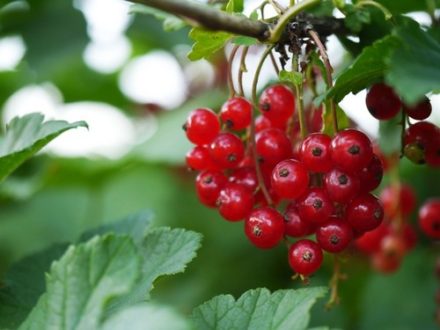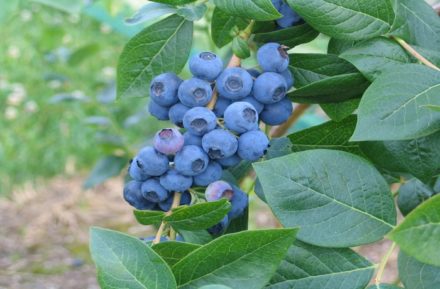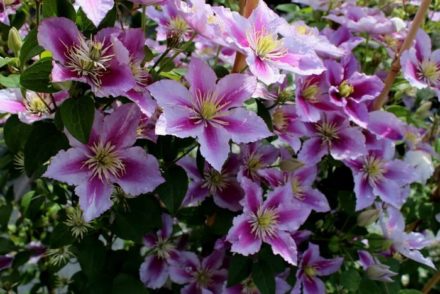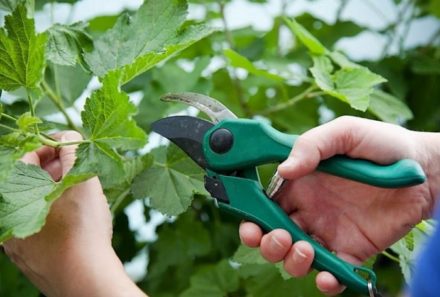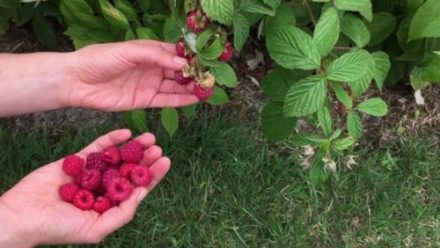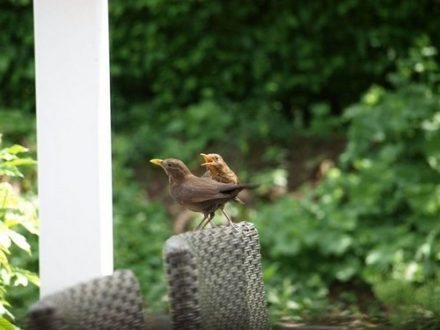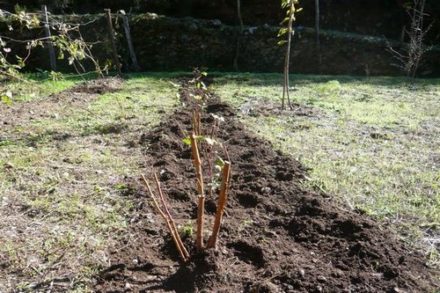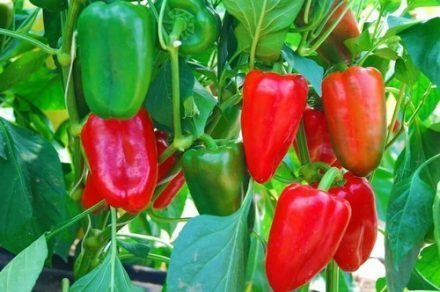After the currant has finished bearing fruit, it still needs care. Many people consider culture unpretentious and do not pay due attention to it. As a result, the berries become smaller from year to year and the yield decreases. If you devote a little time to caring for currants in August, they will still delight you with the quantity and quality of the harvest, because the bush devotes this period to laying buds for the next season.
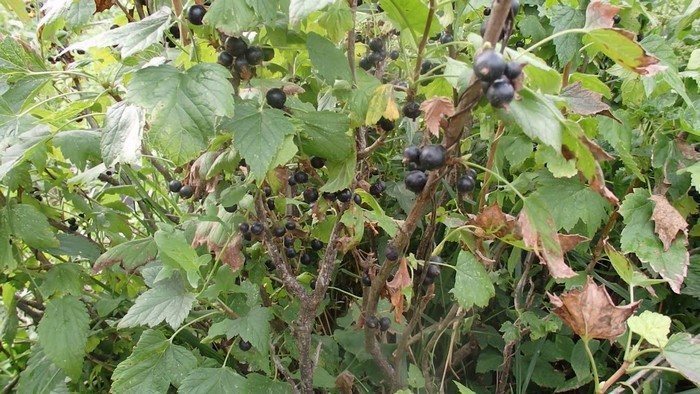
Carrying out pruning
After the bushes have been harvested, they must be pruned. The work is done using sharp pruning shears:
- First of all, trim the branches that are inclined to the ground. You won’t get a good harvest from them, but pests and diseases love the lower tier of foliage and often attack it.
- After this, weak, twisted, broken shoots are removed.
- Branches with signs of disease on the leaves are shortened. Powerful annual shoots are also lightly pruned.
- If voids are visible on the cut of the branch instead of the core, it means that glass has settled in the currant. Such a shoot is shortened to healthy tissue or cut out at the root.
- Old brown shoots are also completely removed. Next year they will no longer produce a harvest.
- Cuts of shoots with a diameter of 1 cm or more are treated with garden varnish.
After such pruning, the currants will perk up and direct all their strength to budding. If necessary, the branches remaining after pruning are used to prepare cuttings.In this way it is easy to obtain new plant specimens. The fragrant leaves can be torn off and used to prepare preparations for the winter.
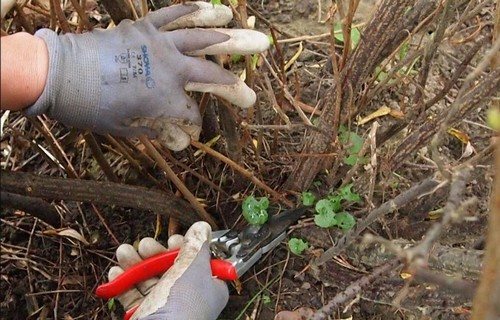
Proper watering
Immediately after pruning, the bushes are watered. The presence of moisture in the soil is another factor necessary for shrubs to set buds. For irrigation, warm water is used, pre-heated by the sun in a barrel. Black currants are watered more abundantly than red and white ones.
This variety of berry places increased demands on soil moisture, since its roots are located close to the surface and cannot extract the necessary moisture from the depths. For black varieties, add 3-4 buckets of water per bush. For red and white currants, 1-2 buckets will be enough. After this, the shrub can not be watered until autumn. When preparing for winter in autumn, currants will need moisture-recharging watering.
Spraying bushes to protect against diseases and pests
Before the currants give up their last berries, gardeners try not to treat them with chemicals in order to keep the harvest clean from an environmental point of view. After fruiting, you can safely use chemicals; they are most effective in combating diseases and pests.
After carrying out 1-2 treatments, it will be possible to completely rid the bush of fungi and parasites. To destroy all pathogens at once, a mixture of the drugs “Skor” and “Atkara” is used. If the currants bear fruit abundantly, additionally add “Epin”. This remedy will help restore plant immunity. All drugs are used in the dosage specified in the instructions.
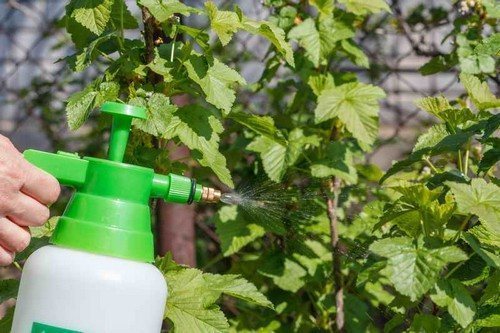
Those who fundamentally do not want to use chemicals on their site can use biological fungicides and insecticides. “Gamair” and “Alirin-B” will protect currants from fungal diseases. Pests are destroyed with the help of “Fitoverm” and “Bitoxibacillin”. Biological drugs are used at least 2-3 times.
To prevent pests from building nests near the currant bush, the soil in the tree trunk circle must be periodically loosened. It is convenient to combine the loosening procedure with watering and fertilizing. It is also necessary to slightly raise the soil after rain. As a result of loosening, the root system will receive more oxygen.
Fertilizer application
In August, currants need phosphorus-potassium fertilizers. At this stage, the plant's need for phosphorus is especially great. Fertilizing is carried out on damp soil after rain or watering. A nutrient solution can be prepared based on wood ash and mineral preparations. For 10 liters of water you will need:
- 1 tbsp. l. superphosphate;
- 1 tbsp. l. potassium sulfate;
- 1 cup wood ash.
A substitute for superphosphate can be “Borofoska”. The advantage of this fertilizer is that when using it there is no overdose of the mineral. Currants will absorb as much phosphorus from the soil as it needs. The drug is scattered in the root zone at the rate of 60–80 g per square meter. m and seal it with a rake. After this, watering is carried out.
To prevent an increase in soil acidity after using Borofoska, the soil is mulched with low-lying peat.Another fertilizer suitable for currants in August is monopotassium phosphate. The solution is prepared from 1 tbsp. l. drug per 10 liters of water. Apply 1 bucket of liquid fertilizer to each bush.
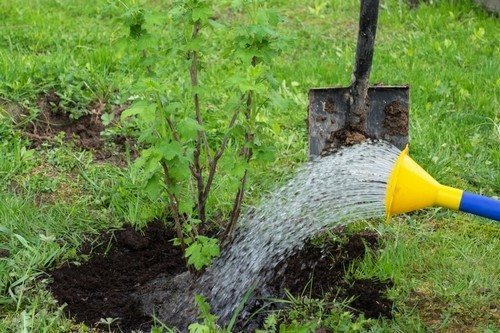
Before frost arrives, currants will need attention again. It will be necessary to clear the root zone of debris and sprinkle it with peat or humus. This measure will help protect the roots from freezing in winter. Non-winter-hardy varieties will need to be covered with burlap or agrofibre. They do this with the arrival of a steady cooling.



